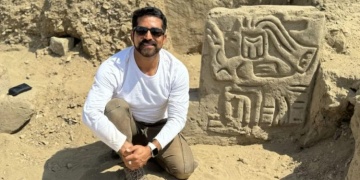
Archaeologists of the Ucupe Cultural Landscape Archaeological Project Unearth 4,000-Year-Old Ceremonial Temple in Peru. The structure appeas to predate Machu Picchu, the country’s best-known archaeological site, by 3,500 years

The congress is jointly organized by the China Archaeological Association, the Institute of Archeology of the Chinese Academy of Social Sciences, the Cultural Heritage Administration of Shaanxi Province, and the city-level government of Xi'an.
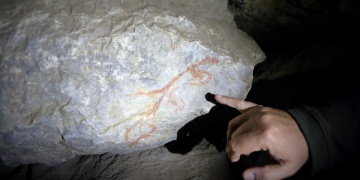
In the famous Yerkapı Tunnel, which every visitor passes through in the Hattusa Ruins, where the capital of the Hittites is located in the Boğazkale district of Çorum, 249 symbols of 3500 years were discovered. The purpose and meanings of the…
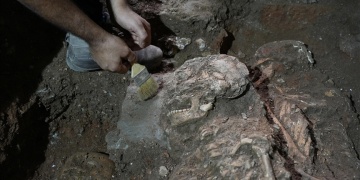
Neanderthal Remains found in Simanya Cave within Sant Llorenc Savall Natural Park near Barcelona city of Spain
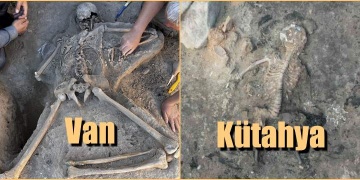
The near-impossible was realized in Turkey. A very rare finding in the world of archaeology was recently discovered in two different excavation sites in Turkey. Immediately after the discovery of a skeleton with a visible brain in the Ayanis castle…
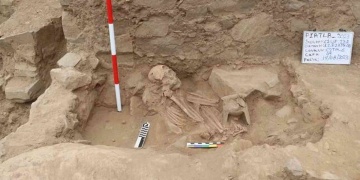
An Archaeology team of Peruvian and Japanese archaeologists has unearthed a pre-Hispanic archaeological site where various ethnic groups lived together in northern Peru dedicated to ancestor worship, with burial chambers, human remains and ceramic…
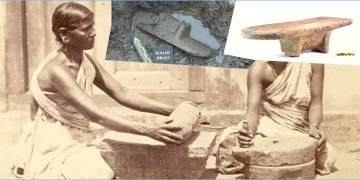
According to the research has been published in Science Advances;
a new analysis of plant microremains recovered from the surfaces of grinding stone tools from the archaeological site of Oc Eo in southern Vietnam has identified culinary spices that…
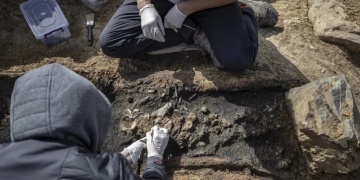
Rare tomb from Hellenistic period (330 BC-30 BC) in Istanbul holds partially cremated body
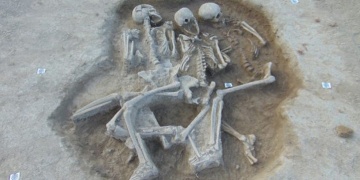
The grave was found almost empty. Only a few sherds and a shell were recovered from the soil surrounding the burials, but they were probably part of the fill of the grave pit
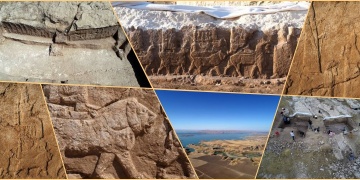
These are the results of the Kurdish-Italian Faida Archaeological Project, co-directed by Prof Daniele Morandi Bonacossi (University of Udine – Italy) and Assis. Prof Dr Hasan Ahmed Qasim (Directorate of Antiquities of Duhok – Kurdistan Region of…

The rarity of such artefacts in the prehistoric Near East suggests a profound symbolic meaning for this practice and these objects, and provides new insights into the funerary customs and symbolic importance of the use of human body parts during the…
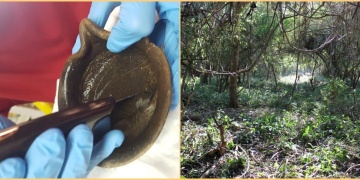
The findings support existing evidence that the village site of La Consentida was transitioning from a broad, Archaic period (7000-2000 BCE) diet to one based on agriculture.
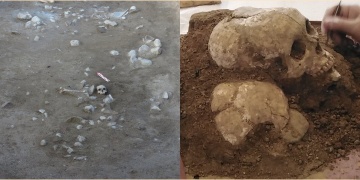
An ancient DNA study and carbon-14 test will reveal the exact dates of the skull and femur, as well as the genetic make-up and racial kinships.
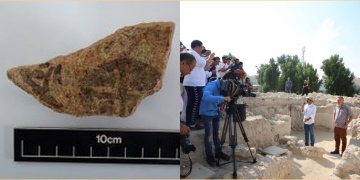
Archaeologists have found the first evidence showing Christianity was practised in Bahrain, a discovery which sheds light on a missing part of the country’s history.
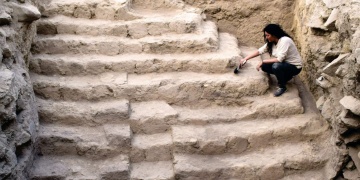
A pyramid-like structure at least 5,000 years old, allegedly devoted to ceremonial purposes, was unveiled thanks to excavation works conducted at Sechin archaeological complex in Casma Province of Ancash Region in northern Peru.
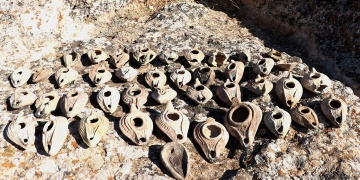
A total of 48 ancient Roman-era oil lamps found in southeast Turkey. Oil lamps found in archaeological excavation area of ancient Zerzevan Castle in present-day Diyarbakir province
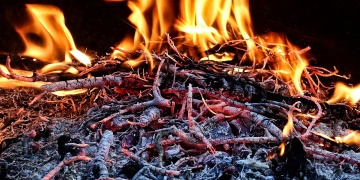
"Fire was presumed to be the domain of Homo sapiens but now we know that other ancient humans like Neanderthals could create it," says Daniel Adler, associate professor in anthropology.
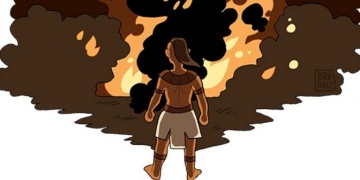
Study of Belize Archaeological Project shows ancient Mayas had greater environmental impacts than previously believed
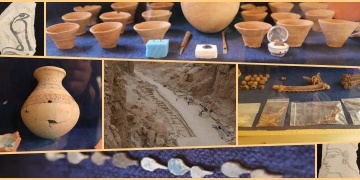
Aarchaeologists located a tank used to store drinking water, possibly for the needs of the workforce. The team found a scarab ring, hundreds of inlay beads and golden objects which were used to decorate royal coffins. Some of the inlays are shaped in…
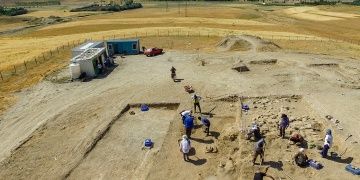
Burial site of Urartian nobles revealed in East Turkey. The burial ground with a 538 square feet area, is believed to be the resting place of Urartian aristocrats. Excavation work at Urartian castle located in Van province, continue to offer new…
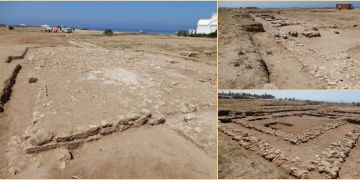
The archaeological site will be made accessible to the public and its protection will be ensured, by not permitting extensions or additions of new buildings to the project in the future.
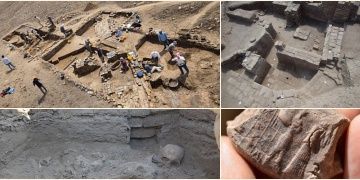
Archaeological Finds tell who the owner of Babylonian Villa was. His name was Sîn-nada, and he was essentially high priest and managing director of the second most important temple in Ur, an office which made him a personage of considerable…
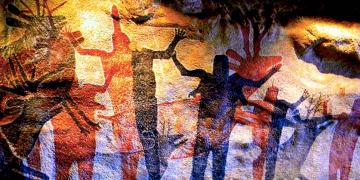
Genetic analysis has revealed that the ancestors of Homo Sapiens interbred with at least five different archaic human groups as they moved out of Africa and across Eurasia.
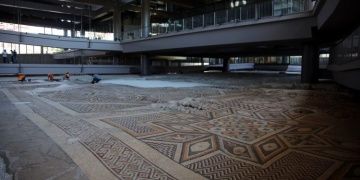
Archaeologists worked 9 years to unearth mosaic spanning some 1,200 square meters in southern Hatay province. A view of one-piece ground mosaic belong to the 6th century AD and was used as a "public space" after being found during a construction of a…


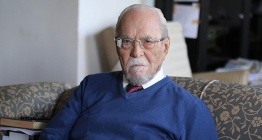

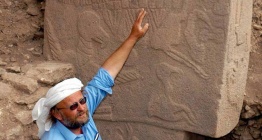
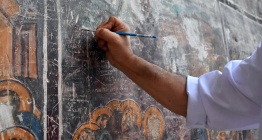
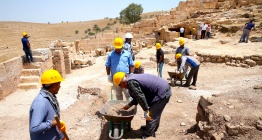



























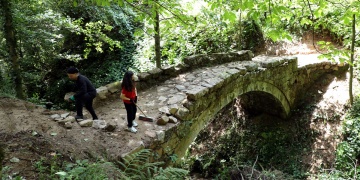 Ressam Serdar Abay, tarihi kemer köprüdeki yabani otları kızıyla temizledi
Ressam Serdar Abay, tarihi kemer köprüdeki yabani otları kızıyla temizledi 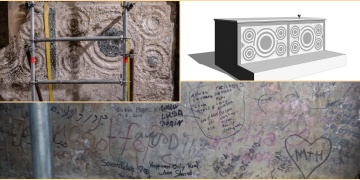 Archaeologists have discoveried a crusader altar in the Church of the Holy Sepulchre
Archaeologists have discoveried a crusader altar in the Church of the Holy Sepulchre 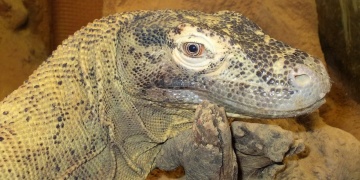 Komodo ejderinin demir dişli olduğu anlaşıldı
Komodo ejderinin demir dişli olduğu anlaşıldı 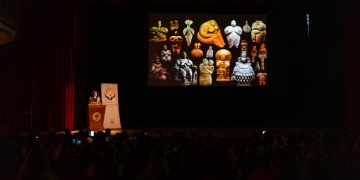 Doğa Taşlardan, Anadolu Tanrıçaları'ndan sonra Anadolu Bacılarının öykülerini anlatacak
Doğa Taşlardan, Anadolu Tanrıçaları'ndan sonra Anadolu Bacılarının öykülerini anlatacak 

